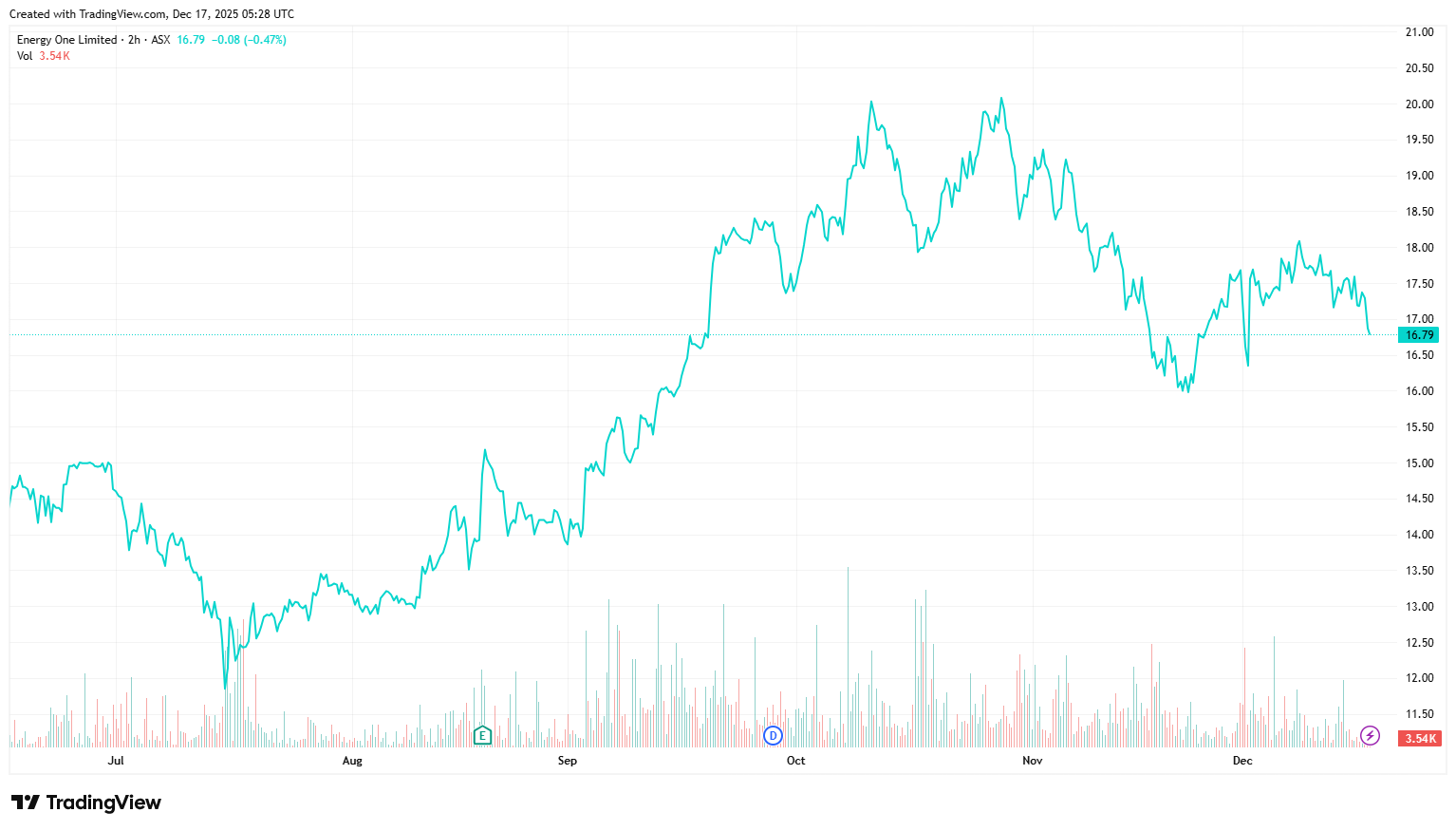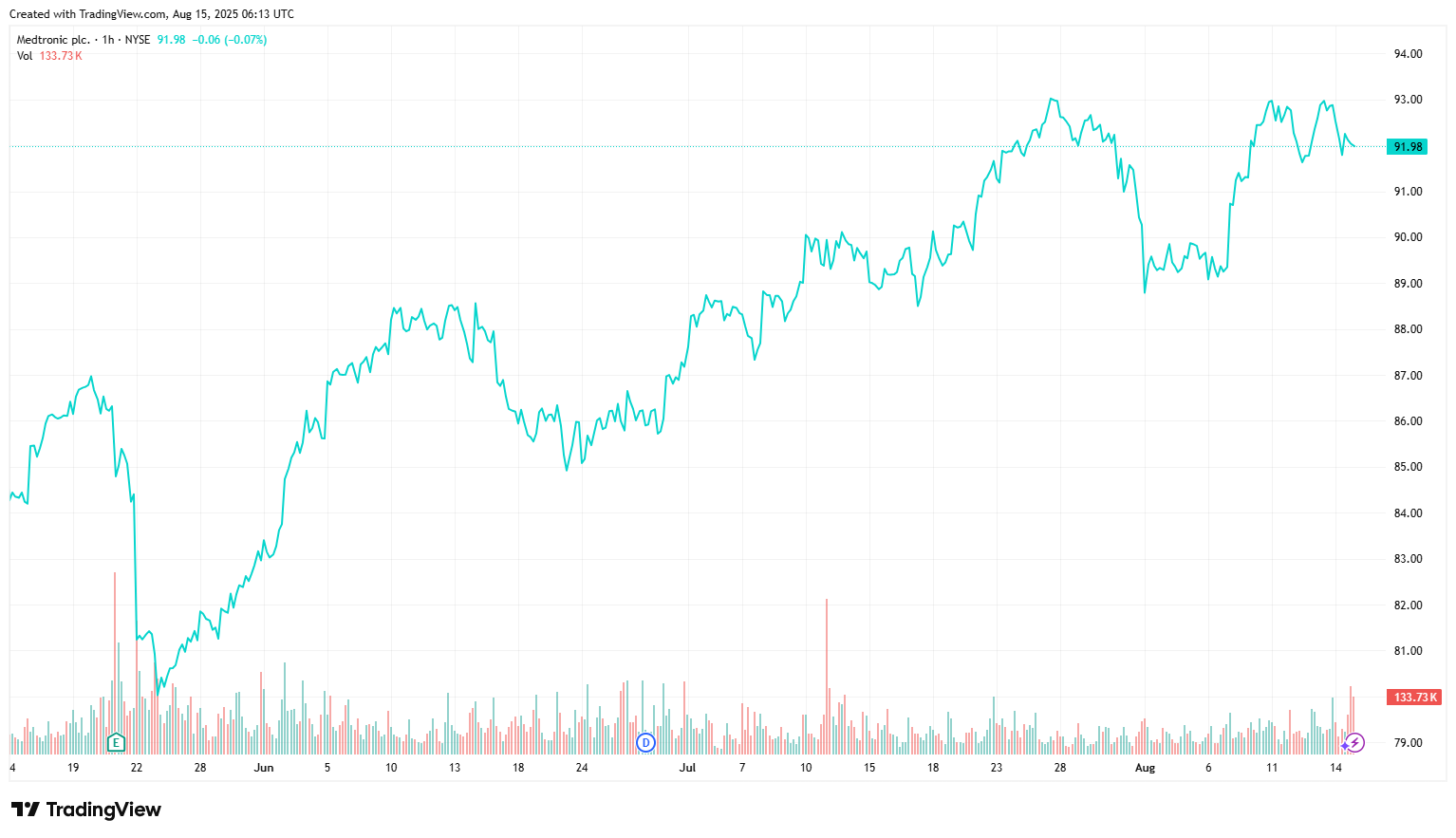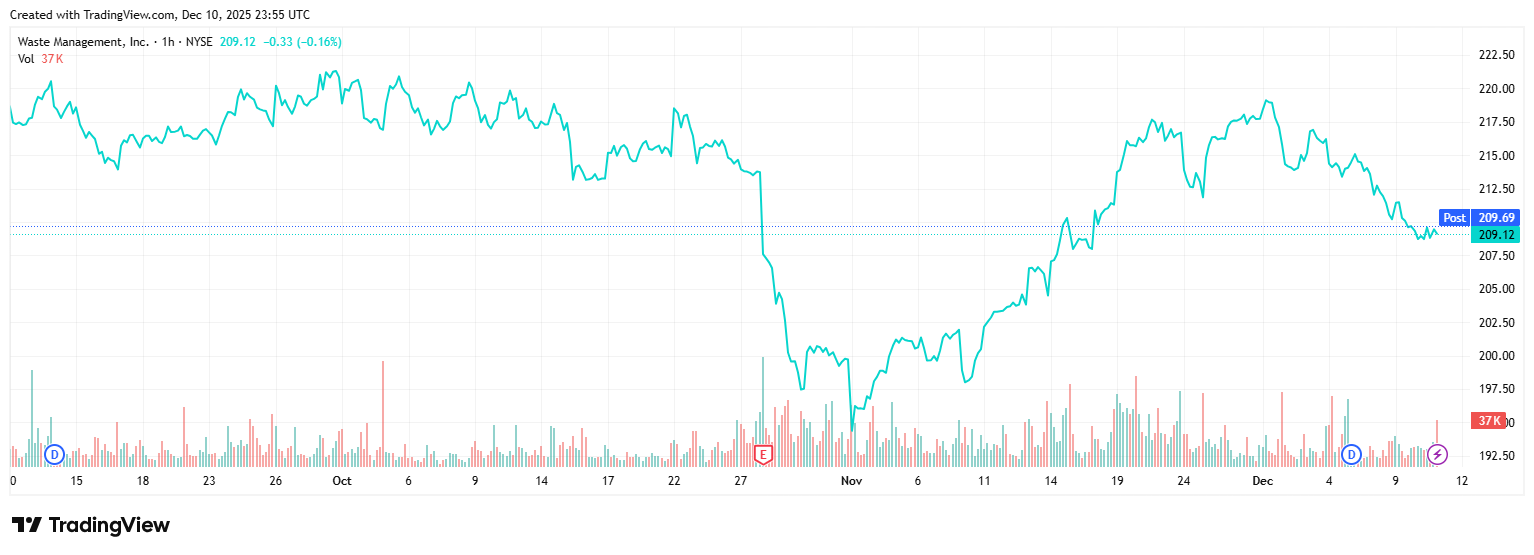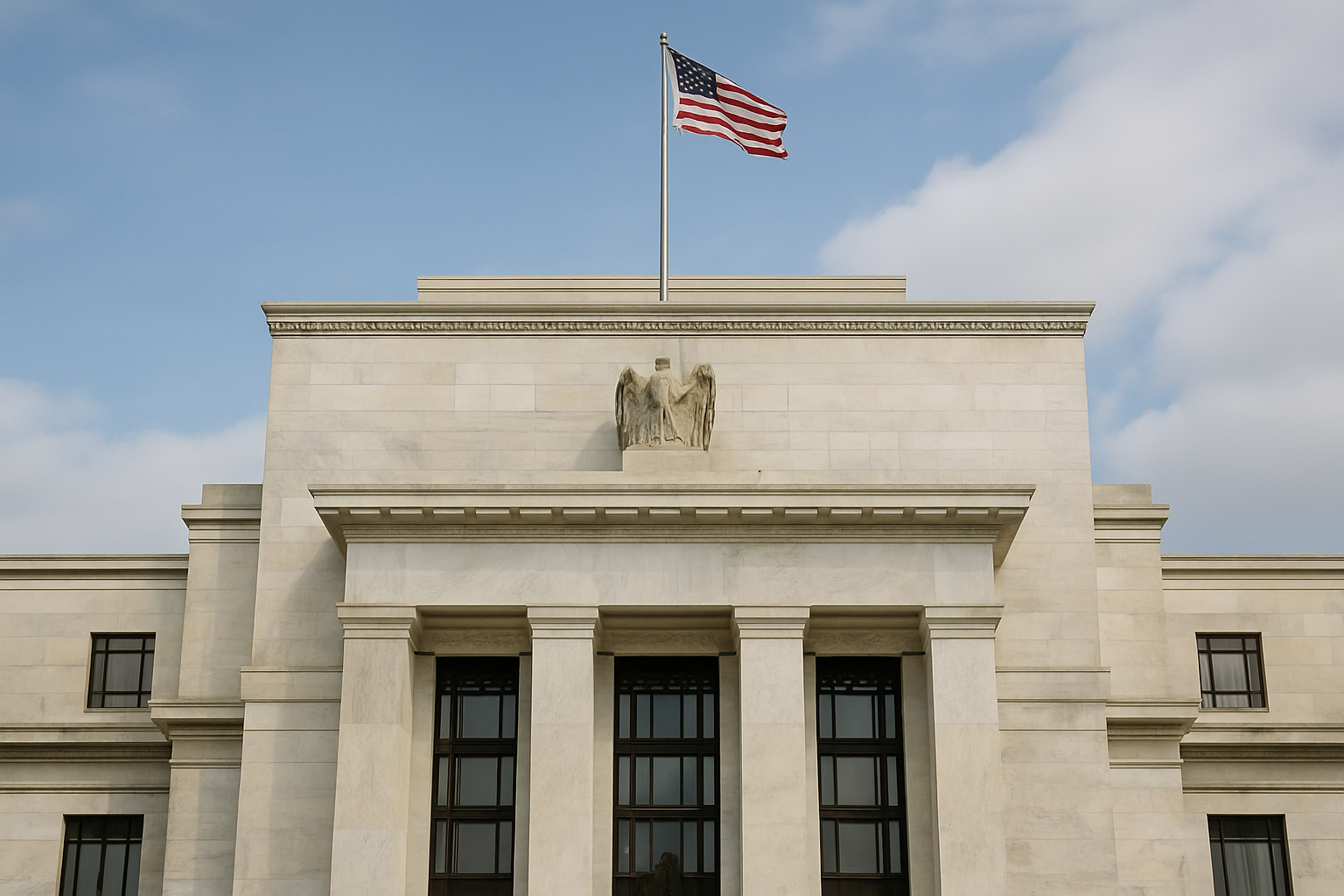From Automation to Augmentation: How AI Is Reshaping the Labour Market

Artificial intelligence is shifting from proof-of-concept pilots into large-scale deployment, and its impact is becoming visible across labour markets. While early fears centred on mass automation and job losses, the reality unfolding is more nuanced. AI is not only substituting for routine tasks but also augmenting human roles, boosting productivity, and reshaping wage structures. For investors, this shift is more than a labour issue. It is a structural theme with direct implications for sector valuations, margins, and capital allocation.
Automation vs Augmentation: The Productivity Narrative
The latest wave of AI adoption is leaning towards augmentation. Routine and repetitive tasks are being automated, while higher-value roles are seeing measurable productivity gains. The PwC Global AI Jobs Barometer 2025 found that industries most exposed to AI recorded 3.5 times higher growth in revenue per employee than those with lower exposure. AI-related roles carried a 56% wage premium, highlighting how augmentation is already delivering economic impact.
In software development, the State of DevEx Report 2025 shows AI coding copilots improve task completion speeds by around 55%, while Atlassian reports that most developers using AI tools save more than 10 hours each week. In customer service, Salesforce AI systems now resolve 30–50% of queries with more than 90% accuracy, enabling human agents to focus on complex cases. These outcomes demonstrate how augmentation is driving efficiency, quality and workforce engagement.
For investors, the distinction between automation and augmentation is important. Augmentation encourages broader adoption as it enhances human output and reduces attrition. Companies supplying AI productivity platforms, from cloud infrastructure to workflow automation and developer tools, are positioned to capture disproportionate value as enterprises prioritise efficiency.
Sectoral Winners and Losers
AI’s impact is uneven across industries, producing clear winners and laggards.
Finance and professional services: AI tools are streamlining compliance checks, reporting and risk monitoring. Commonwealth Bank of Australia has used AI to enhance fraud detection, reallocating staff to client-facing roles. JPMorgan Chase has reduced document review times from hours to minutes.
Healthcare: AI-assisted diagnostics are improving detection rates, while automation is reducing the administrative burden. Hospitals using AI imaging tools report up to 20% higher accuracy in some diagnostics, enabling doctors to devote more time to patient care.
Manufacturing and logistics: Predictive maintenance and robotics are reducing costs. DHL has achieved a 30% drop in warehousing errors in AI-enabled facilities.
Technology and software: Companies offering AI copilots, workflow integration and enterprise platforms are experiencing rapid adoption as AI becomes embedded in day-to-day business operations.
Labour Costs, Wage Pressures and Corporate Margins
AI is reshaping cost structures in divergent ways. Routine task automation is lowering operating expenses, while demand for AI-skilled workers is pushing wages higher. PwC data shows skills in AI-exposed jobs are evolving 66% faster than in other roles, forcing firms to invest heavily in reskilling.
Deloitte surveys suggest that most companies adopting AI are redirecting budgets towards talent and training. Firms that manage to balance reskilling expenditure with efficiency gains are reporting margin improvements, while slower adopters are seeing wage pressures and margin compression. Early adopters in financial services and healthcare are already demonstrating how AI deployment can become a marker of competitiveness.
For investors, the key question is not whether companies are adopting AI but how deeply it is embedded in operating models. Incremental adoption may deliver modest savings, but meaningful margin expansion requires reconfigured workflows, structured reskilling programs and strategic investment in digital infrastructure. Firms with the capacity and leadership to integrate AI at scale are likely to attract premium valuations, while those that lag risk losing market share as rivals capture productivity gains.
Policy and Regulation as Market Shapers
Governments are playing a decisive role in setting the pace of AI adoption and shaping workforce readiness. Singapore’s SkillsFuture program subsidises lifelong training to help workers transition into AI-augmented roles. In Europe, the AI Act is establishing guardrails for high-risk applications while promoting innovation. In the United States, policymakers are debating transition funds for clerical and administrative staff at risk of displacement.
Policy direction has direct implications for capital flows. Subsidies and reskilling incentives create opportunities for EdTech and HRTech providers, while stricter compliance frameworks are fuelling demand for regulatory technology. Overly restrictive rules, however, risk slowing adoption and curbing earnings momentum in key sectors.

Looking Ahead
AI’s influence on labour markets points to a long-term transformation rather than a temporary disruption. Industries embracing augmentation are already achieving stronger productivity gains, while workers equipped with AI skills are commanding significant wage premiums. The challenge for companies is how quickly they can integrate these technologies into everyday operations, while governments must ensure that workforces are adequately prepared.
For investors and policymakers alike, the debate is no longer about whether AI will alter the labour market but about how the shift will unfold. The future of work is being defined not only by machines taking over tasks but also by new ways of combining human and digital capabilities. Companies that approach AI as a complement to human capital, rather than as a replacement strategy, are likely to achieve stronger results in productivity and workforce engagement.
The trajectory is still evolving, with uncertainties around regulation, adoption speed and social acceptance. Yet the direction is clear. AI is moving from hype to measurable impact, and the reshaping of the labour market will continue to influence economic growth, corporate performance and societal expectations for years to come.
Subscribe to our newsletter
Disclaimer: This article does not constitute financial advice nor a recommendation to invest in the securities listed. The information presented is intended to be of a factual nature only. Past performance is not a reliable indicator of future performance. As always, do your own research and consider seeking financial, legal and taxation advice before investing.











